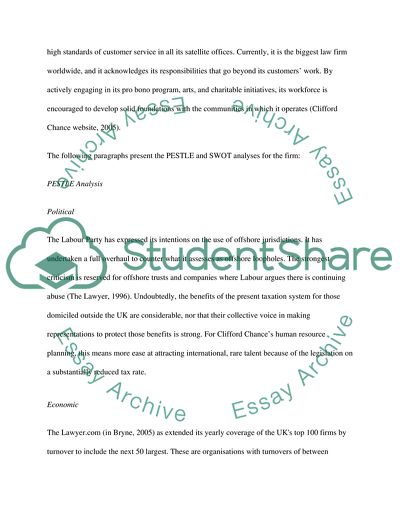Cite this document
(Human Resource Plans and Organisational Context: A Case of Clifford Assignment, n.d.)
Human Resource Plans and Organisational Context: A Case of Clifford Assignment. Retrieved from https://studentshare.org/human-resources/1702900-human-resource-plans-and-organisational-context
Human Resource Plans and Organisational Context: A Case of Clifford Assignment. Retrieved from https://studentshare.org/human-resources/1702900-human-resource-plans-and-organisational-context
(Human Resource Plans and Organisational Context: A Case of Clifford Assignment)
Human Resource Plans and Organisational Context: A Case of Clifford Assignment. https://studentshare.org/human-resources/1702900-human-resource-plans-and-organisational-context.
Human Resource Plans and Organisational Context: A Case of Clifford Assignment. https://studentshare.org/human-resources/1702900-human-resource-plans-and-organisational-context.
“Human Resource Plans and Organisational Context: A Case of Clifford Assignment”. https://studentshare.org/human-resources/1702900-human-resource-plans-and-organisational-context.


